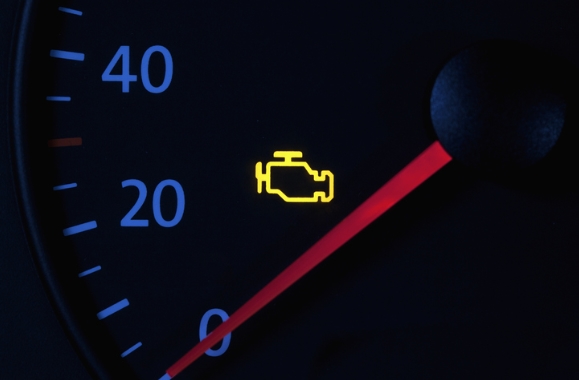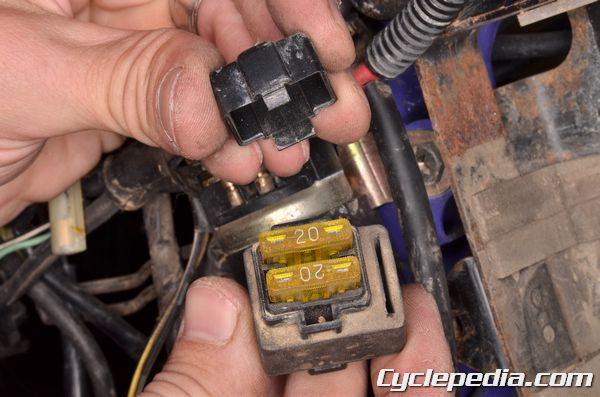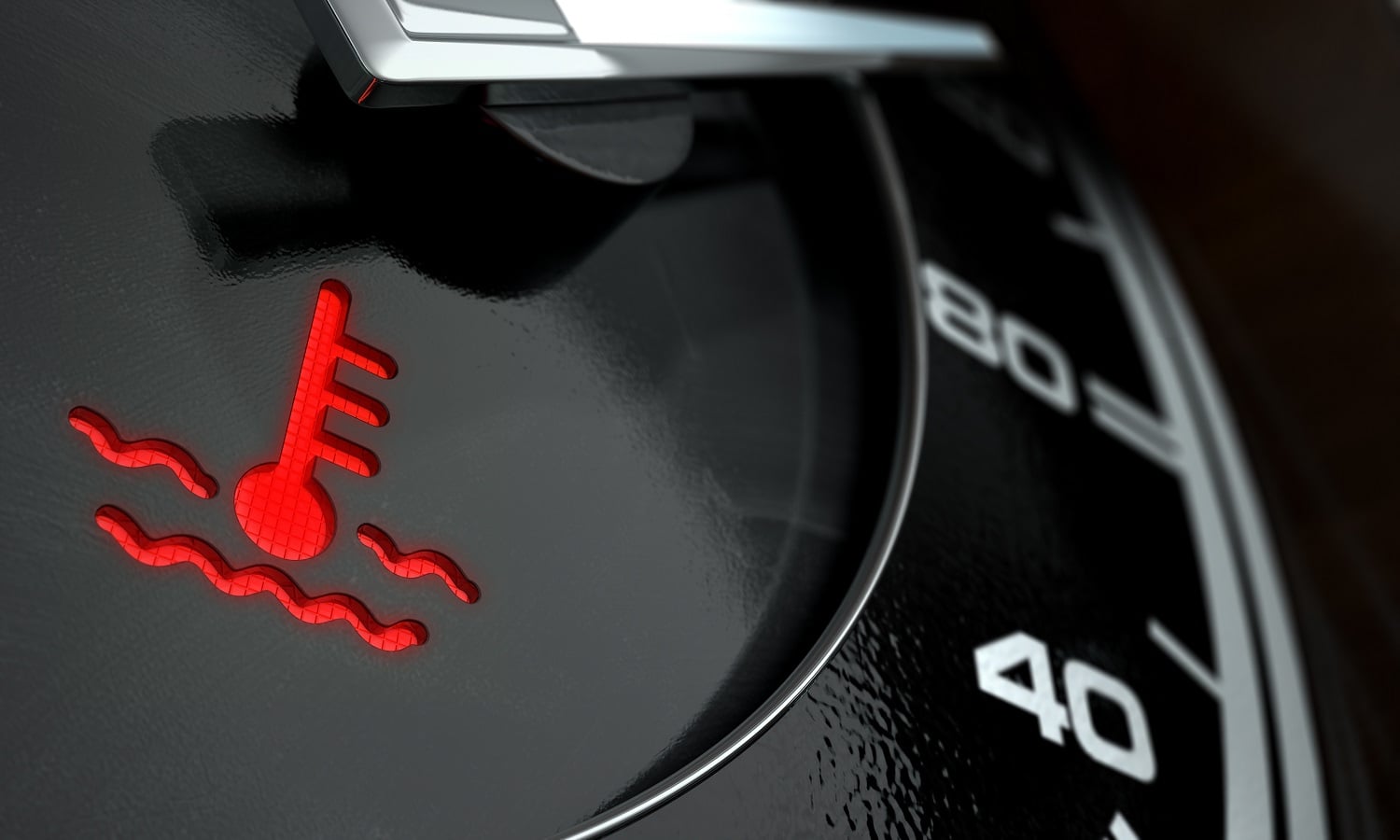Can Coolant Leak Cause Check Engine Light
Yes, a coolant leak can cause the check engine light to come on. The onboard diagnostics may detect the engine overheating due to low coolant levels.
A well-functioning cooling system is vital for the optimal performance of your vehicle. A leak within this system can have serious consequences, including triggering your car’s check engine light. This alert is a part of the car’s comprehensive self-diagnostic system that monitors engine performance.
Coolant, also known as antifreeze, plays a crucial role in temperature regulation. If your vehicle loses too much coolant, the engine temperature can rise, potentially causing damage. Early detection of a coolant leak is critical. Ignoring the check engine light may lead to more expensive repairs, as the engine could overheat, resulting in severe damage to engine components. Regular maintenance and immediate attention to the check engine light can prevent such issues and extend the life of your vehicle.
Signs Of Coolant Leaks Impacting Engine Performance
When a coolant leak occurs, it can lead to a check engine light warning. This is a signal to check under the hood. A vehicle’s engine relies on coolant to stay cool. If this liquid starts to vanish, trouble often follows. Here are some signs to watch for.
Visible Coolant Puddles Under The Car
If you notice a bright colored liquid beneath your parked car, pay attention. That puddle could be engine coolant. It’s often green, orange, or pink. This noticeable spot is a telltale sign your car may be leaking coolant.
Unusual Odors And Engine Overheating
Sweet, syrupy smells can emerge when coolant leaks. It’s the coolant’s distinct aroma. The car may also overheat. Keep an eye on the temperature gauge. If it rises, that indicates an issue. Frequent overheating can mean the coolant isn’t circulating properly.
| Sign | Possible Cause |
|---|---|
| Puddles under car | Leaking coolant |
| Sweet smell | Coolant odors |
| High temperature gauge | Engine overheating |
Act quickly if you witness these signs. Consult with a mechanic to prevent potential engine damage. Taking early action can help ensure your car continues to run smoothly.

Credit: www.johnleemazda.com
How The Check Engine Light Works
The Check Engine Light (CEL) is a vital component of your car’s on-board diagnostics system. When this light illuminates on your dashboard, it indicates that your vehicle’s computer system has detected an anomaly in the engine or emission control system. Understanding how this warning light works helps diagnose issues like coolant leaks that could trigger it.
Sensors And Triggers For Illumination
Your car is fitted with various sensors that monitor engine performance and emissions. These sensors gather data and send it to the engine control unit (ECU). Issues such as a coolant leak can lead to abnormal sensor readings, which in turn may cause the CEL to come on.
- Oxygen Sensor: Detects oxygen levels in the exhaust.
- Mass Airflow Sensor: Measures air entering the engine.
- Coolant Temperature Sensor: Monitors engine temperature.
The Role Of The Engine Control Unit (ecu)
The ECU acts as the brain of your car. It constantly processes information from the sensors. If the data falls out of the expected range, such as when a coolant leak affects engine temperature, the ECU triggers the CEL.
| Sensor Type | Condition for Trigger |
|---|---|
| Oxygen Sensor | Variant oxygen levels |
| Mass Airflow Sensor | Irregular air entry |
| Coolant Temperature Sensor | High temperature readings |
The ECU may store a specific error code, which a mechanic can read with a diagnostic scan tool. This information is crucial for pinpointing the problem, whether it’s a coolant leak or another issue.
Coolant Leaks And Engine Sensors
Engine sensors play a crucial role in keeping your car running smoothly. When a coolant leaks, these sensors may send wrong signals to the car’s computer. This can often result in the check engine light turning on. Let’s explore how this happens and the sensors involved.
Impact On Oxygen Sensors
The car’s oxygen sensor, also known as the O2 sensor, monitors exhaust gases to regulate fuel mixture. Coolant leaking into the combustion chamber can cause the oxygen sensor to read the wrong levels of oxygen. This triggers an incorrect adjustment of the fuel mixture, causing the check engine light to activate.
Coolant Levels And Engine Temperature Sensors
The engine temperature sensor monitors the coolant’s temperature. If the coolant level drops due to a leak, the sensor may indicate an overheating engine. The car’s computer takes this signal seriously, often resulting in the check engine light coming on.
- Low coolant levels lead to higher temperatures
- Higher temperatures may damage the engine
- Sensors trigger a warning light to prevent damage

Credit: www.kseal.com
Troubleshooting A Lit Check Engine Light
The check engine light can be a mystery to many car owners. It signals something is wrong under the hood. Sometimes, the culprit can be a coolant leak. A low coolant level can cause your engine to overheat and trigger the check engine light. Let’s explore how to address this situation effectively.
Diagnostic Trouble Codes (dtcs)
When the check engine light turns on, the car’s computer stores Diagnostic Trouble Codes. These codes provide clues about the malfunction. To read these codes, a scan tool is essential. Here’s what to do:
- Connect the scan tool to the car’s OBD-II port.
- Turn on the ignition to run the diagnostic.
- Review the codes displayed on the scan tool.
DTCs related to coolant issues may include codes for the temperature sensor or thermostat.
The Importance Of Professional Diagnostics
Gleaning accurate information from trouble codes is critical. It ensures proper repairs. Involving a professional is wise for several reasons:
- Expertise: Mechanics possess the knowledge to interpret codes correctly.
- Equipment: Professionals use advanced tools for accurate diagnostics.
- Speed: A trained technician can quickly identify and fix issues.
Professional diagnostics save time and money by avoiding guesswork.
Be sure to address a lit check engine light promptly. Ignoring it can lead to more severe issues. A timely visit to a trusted mechanic can keep your car running smoothly.
Repairing Coolant Leak To Clear The Check Engine Light
Repairing a coolant leak is often crucial to reset the check engine light on your dashboard. This light can illuminate for various reasons, including a low coolant level due to leaks. Addressing the source swiftly avoids engine overheating and potential damage.
Common Repair Procedures
To effectively fix a coolant leak, mechanics follow several common steps:
- Pressure testing the cooling system to locate the leak.
- Inspecting hoses, gaskets, and radiators for damage.
- Repairing or replacing faulty components.
- Refilling the coolant to the appropriate level.
Car owners can expect these repair solutions:
| Problem | Solution |
|---|---|
| Hose Leak | Replacement with new hoses |
| Water Pump Failure | Water pump service or replacement |
| Radiator Crack | Sealant use or radiator replacement |
| Head Gasket Leak | Head gasket repair or replacement |
Ensuring The Check Engine Light Stays Off Post-repair
After addressing the coolant leak, there are steps to ensure the check engine light does not reappear:
- A thorough test-drive to confirm the repair.
- Scanning the car’s computer for any residual error codes.
- Having a mechanic clear the codes if necessary.
Regular maintenance and check-ups prevent future leaks and engine trouble, keeping the check engine light off and your vehicle running smoothly.
Frequently Asked Questions Of Can Coolant Leak Cause Check Engine Light
Can A Coolant Leak Trigger A Check Engine Light?
Yes, a coolant leak can certainly trigger the check engine light. If your vehicle’s coolant level drops below a certain point due to a leak, sensors will notify the engine control unit. This alert often results in the check engine light coming on.
What Symptoms Indicate A Coolant Leak?
Symptoms of a coolant leak include a noticeable drop in coolant reservoir levels, spots of bright-colored fluid under your vehicle, and an overheating engine. You might also notice a sweet smell, which is a characteristic odor of engine coolant.
How Do You Diagnose A Coolant Leak?
To diagnose a coolant leak, check for visible signs like puddles under the car, inspect hoses and the radiator for damage or cracks, and monitor your coolant reservoir levels. A mechanic can also perform a pressure test to detect leaks.
Can Driving With A Coolant Leak Damage The Engine?
Driving with a coolant leak can lead to engine overheating and severe damage if not addressed promptly. It’s crucial to fix coolant leaks immediately to prevent costly engine repairs or even complete engine failure.
Conclusion
Understanding the link between coolant leaks and the check engine light is crucial for vehicle maintenance. Promptly addressing coolant issues preserves engine health and ensures safe driving. Remember, a lit check engine signal warrants immediate attention to prevent further damage.
Keep your car’s cooling system in top shape, and drive with peace of mind.




